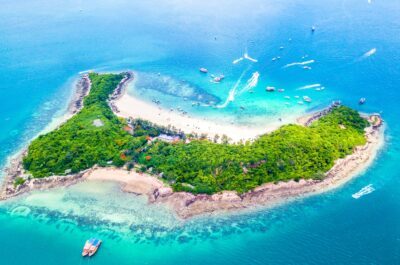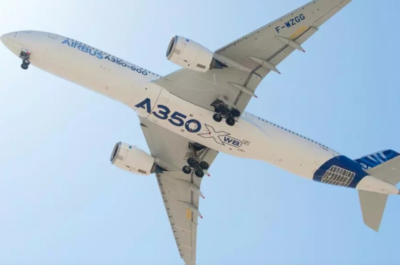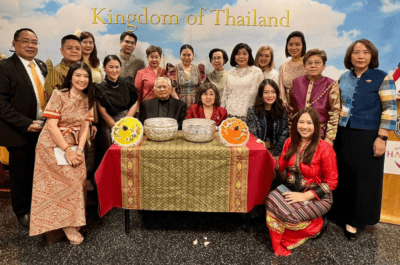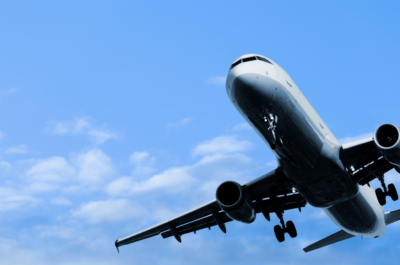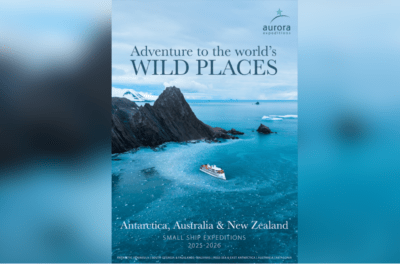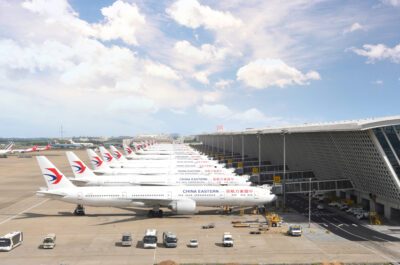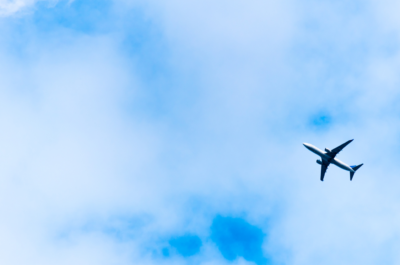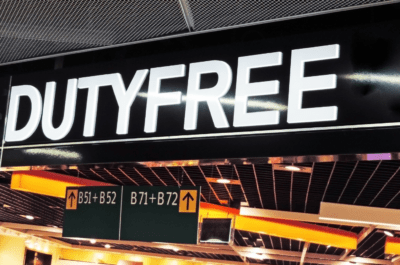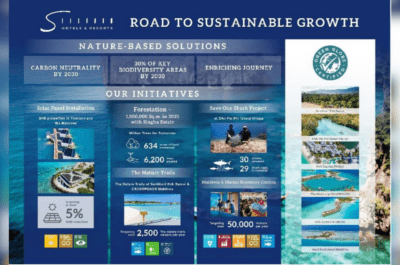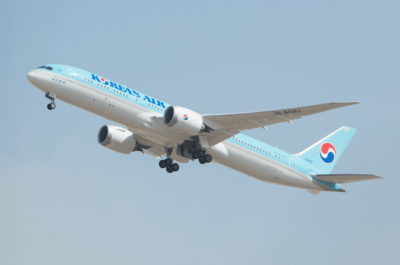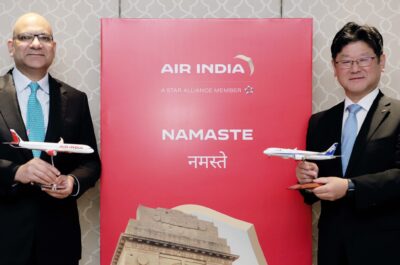While Ramadan is entering soon its third week, many countries target Muslim consumers seen as a high spending market especially for travels. A study predicts a large market boom in the decade to come.
BANGKOK- Singapore-based halal travel specialist Crescentrating in partnership with DinarStandard, a US-based firm that looks at Muslim lifestyle market released a study on travel by Muslim communities. Conducted in 47 countries, the study shows that spending by Muslim tourists is growing faster than the global rate and is forecast to reach US$ 192 billion a year by 2020, up from US$ 126 billion in 2011. Due to the fact that many of the Muslim majority markets are now fast emerging economies, with higher than global average population growth rates, and a younger demographic, the Muslim tourists expenditure growth rate is expected to be at 4.79% per year on average through 2012–2020 which is higher than the global expected average growth rate of 3.8% during the same period.
This expenditure is 12.3% of the total global outbound tourism expenditure in 2011 of $1,034 billion as estimated by the UNWTO. This figure excludes expenditure during core religious travels. Comparatively, the Muslim tourism market as a whole is larger than the largest spending tourist market in the world — Germany — and almost twice that of China’s in 2011.
In 2011, Gulf countries accounted for 37% of all Muslim tourist spending. From Asia, Indonesia had the largest tourist outbound spending with a market share of 5.5% of the total (equivalent to total spending of US$ 6.89 billion) followed by Malaysia with a share of 3.1% (equivalent to total spending of US$ 3.93 billion).
According to Crescentrating CEO Fazal Bahardeen to French news agency AFP, Muslim-majority states such as Egypt, Malaysia and Indonesia were already favorite destinations, but non-Islamic countries are now “taking a serious look” at Muslim holidaymakers. And Asia is extremely positioned.
Based on the number of trips, the top destinations for Muslim tourists are Malaysia, Turkey, and UAE. The following six markets are Singapore, Russia, China France, Thailand and Italy. This assessment is based on data derived from top Muslim outbound markets that represent 73% of total expenditure.
Destinations such as Thailand and Australia, especially the Gold Coast, are already taking into account Muslim travellers’ needs in their services and facilities according to Crescentrating CEO. Australia’s Queensland is now conducting a specific campaign targeting Muslim travellers while Thailand recently hosted a travel show of the most Southern provinces in Bangkok promoting also heritage and religious tourism. Thailand also promotes now halal spas and edited guides for halal food in Bangkok or even for Chiang Mai, a destination with a very small community of Muslims.
The study’s estimates are based on (UNWTO) World Tourism Organization, Yearbook of Tourism Statistics, Compendium of Tourism Statistics and data files along with DinarStandard’s Muslim population expenditure proportion estimates for each country (based on percentage of population adjusted for income disparities.)
(Source: DinarStandard DinarStandard and Crescentrating LLC, 2012)
Luc Citrinot a French national is a freelance journalist and consultant in tourism and air transport with over 20 years experience. Based in Paris and Bangkok, he works for various travel and air transport trade publications in Europe and Asia.



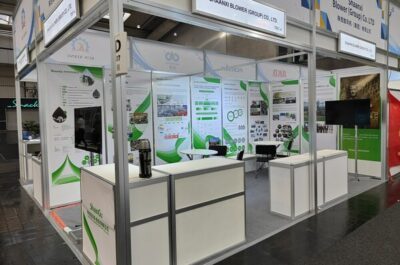


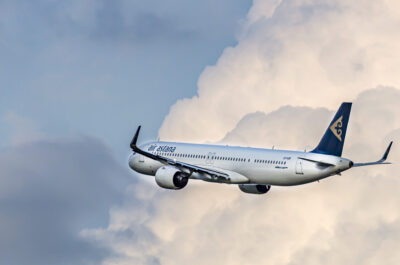


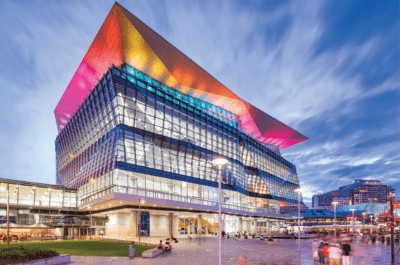












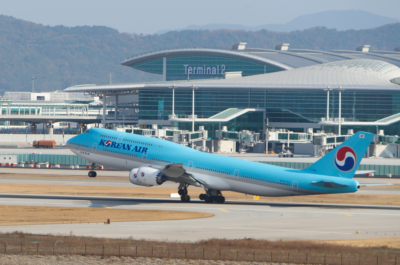



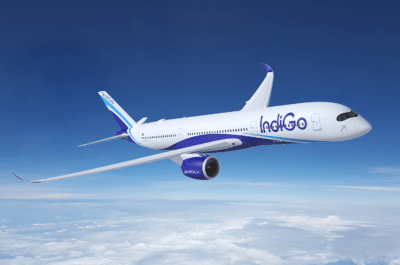



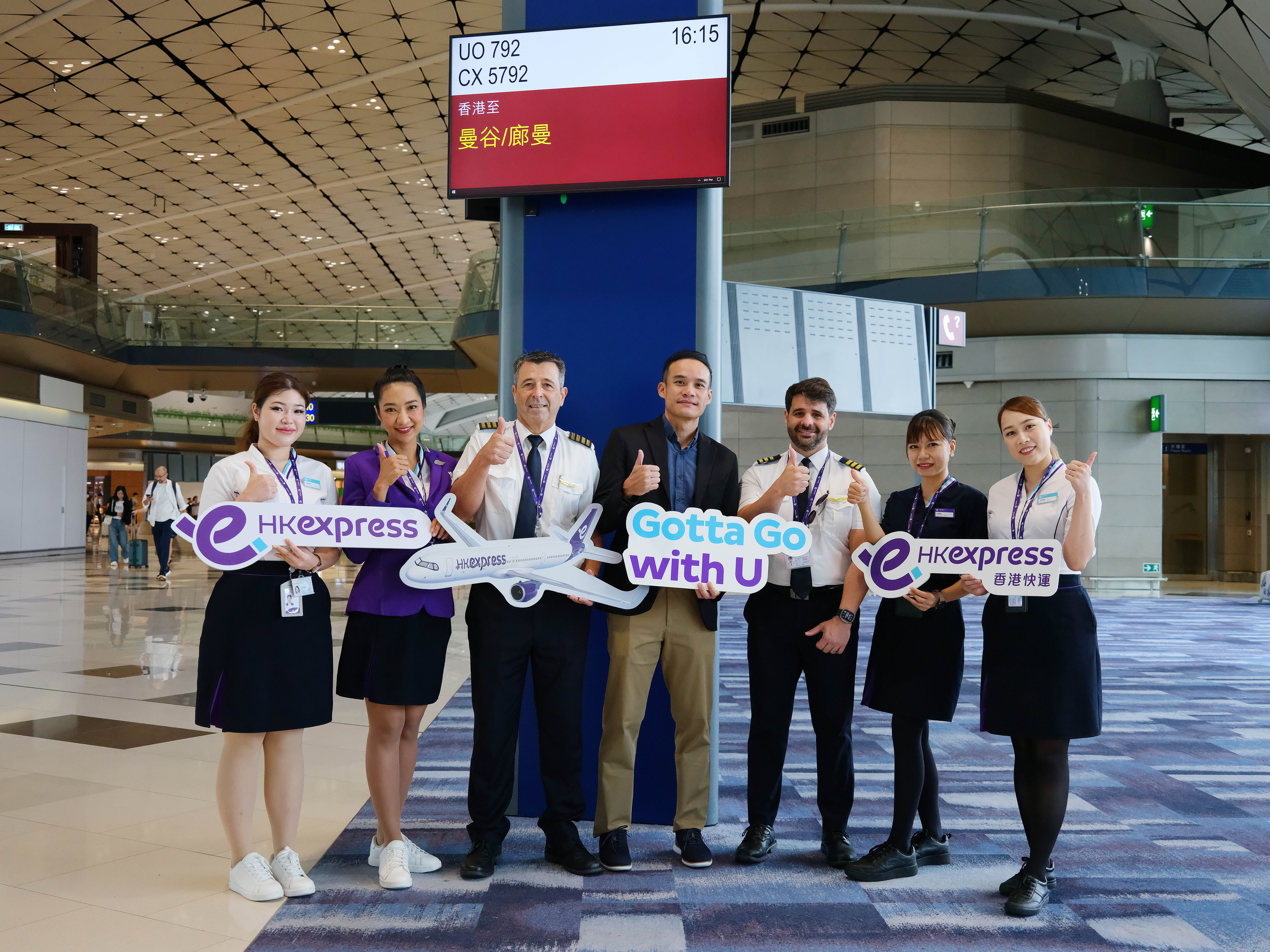


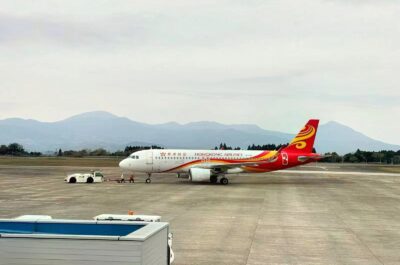




![[PR] PR_Ascott and Vimut Hospital_2024](https://www.traveldailynews.asia/wp-content/uploads/2024/04/PR-PR_Ascott-and-Vimut-Hospital_2024-400x265.jpg)

